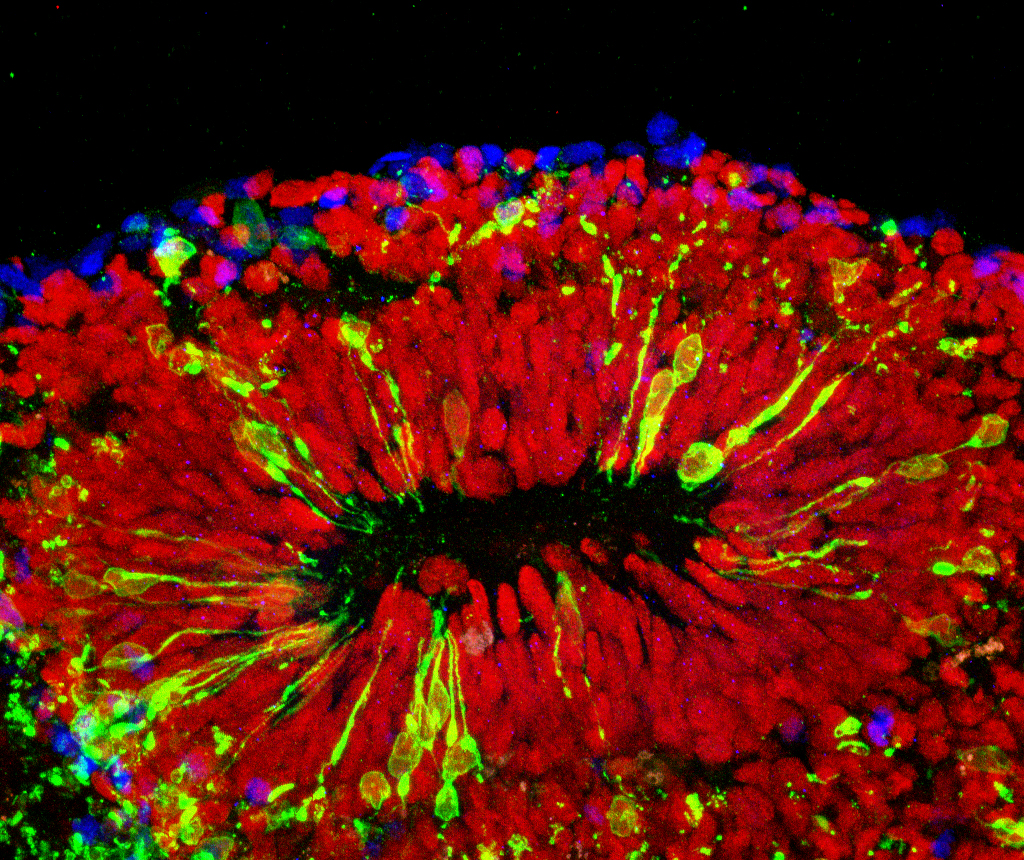
A Small-Scale Model of a Brain
Tell a person that some scientists are growing brains in a lab, and that person might be appalled at the implications of such an idea. However, these so-called “minibrains” are a far cry from the organs we’re born with. These are tiny clusters of brain cells that mimic the human brain structure, and they’re helping scientists better understand neurological diseases.
Minibrains are grown in a lab from human skin cells that are manipulated to become neural stem cells. Those cells are then differentiated into various types of cells found in the human brain. Like full-sized brains, they form regions and communicate with one another even though they are barely big enough to see with the human eye.
At a meeting of the Society of Neuroscience in San Diego last week, minibrains were a hot topic. Scientists have showcased their potential for the study of neurological disorders like autism and schizophrenia, as well as neurodegenerative diseases like Alzheimer’s and Parkinson’s disease.

One team of researchers from the Johns Hopkins Bloomberg School of Public Health in Baltimore shared how they used minibrains for Zika research. Because the Zika virus attacks the embryonic brain and minibrains resemble a brain that’s in its early stages of development, they proved particularly well- suited for this kind of study. The researchers ultimately discovered how Zika turns the developing brain cells of an embryo into a viral factory, leading to cellular death and smaller brain cells.
Better Understanding of The Human Brain
Dr. Thomas Hartung, a researcher and experimental toxicologist at Johns Hopkins, told NPR that the minibrains’ greatest potential lies in the testing of new drugs for various brain diseases. He explains that animal testing provides misleading results since they are not the same as human brains. “We need human systems to tell us about humans, and that’s why this is such a big step forward,” says Hartung.
Minibrains have been made before by various researchers for other purposes, but the showcasing of this method at a meeting of the Society of Neuroscience shows that researchers are taking it seriously as a better platform to study the brain. In the future, these lab-made clusters of cells could put us on the path to finding cures for all sorts of brain disorders.